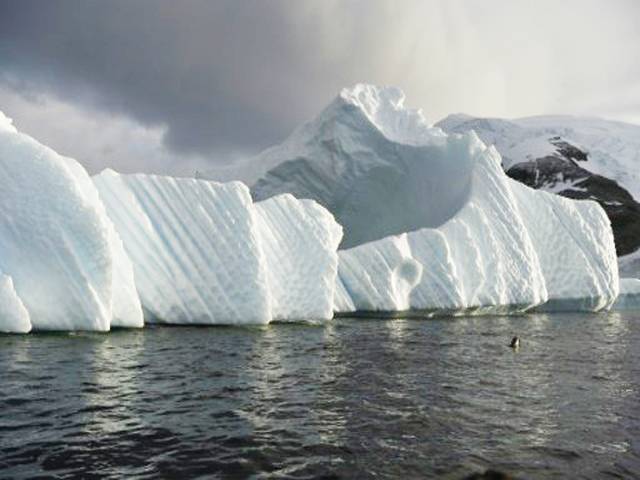GENEVA-Scientists will intensify scrutiny of the polar regions as part of an international campaign to improve global weather predictions and minimise risks linked to rapid climate change, the UN said Monday. The World Meteorological Organization (WMO) said a full year would be dedicated to improving polar forecasting capacities in the Arctic and another year would be spent doing the same in Antarctica. The polar regions are by far the most impacted by climate change, warming at twice the rate of the rest of the world in some areas and facing rapidly retreating glaciers and sea ice.
But because of their harsh climates, these regions are also the most poorly observed by scientists and meteorologists, impacting the quality of weather forecasts not only for the polar areas but also elsewhere.
WMO chief Petteri Taalas said that “because of teleconnections, the poles influence weather and climate conditions in lower latitudes where hundreds of millions of people live.”
“Warming Arctic air masses and declining sea ice are believed to affect ocean circulation and the jet stream, and are potentially linked to extreme phenomena such as cold spells, heat waves and droughts in the northern hemisphere,” he said in a statement.
From mid-2017 to mid-2019, a large international and interdisciplinary network of scientists and forecasting centres will carry out intensive observation and modelling in the Arctic and Antarctic, the WMO said. “The rate and implications of polar environmental change is pushing our scientific knowledge to the limits,” Thomas Jung, head of the Polar Prediction Project steering committee, said in the statement.
He pointed out that “Arctic sea-ice maximum extent after the winter re-freezing period in March was the lowest on record because of a series of ‘heat waves’.” At the same time, the minimum level of sea ice in the Antarctic after the Southern Hemisphere summer melt was also the lowest on record, he said.
The WMO says that better forecasts of weather and sea-ice conditions would also “reduce future risks and enable safety management in the polar regions.”
The dramatic changes in weather, climate and shrinking ice at the poles are leading to increased human activities such as shipping, fisheries and the search for and extraction of natural resources like oil and gas.






